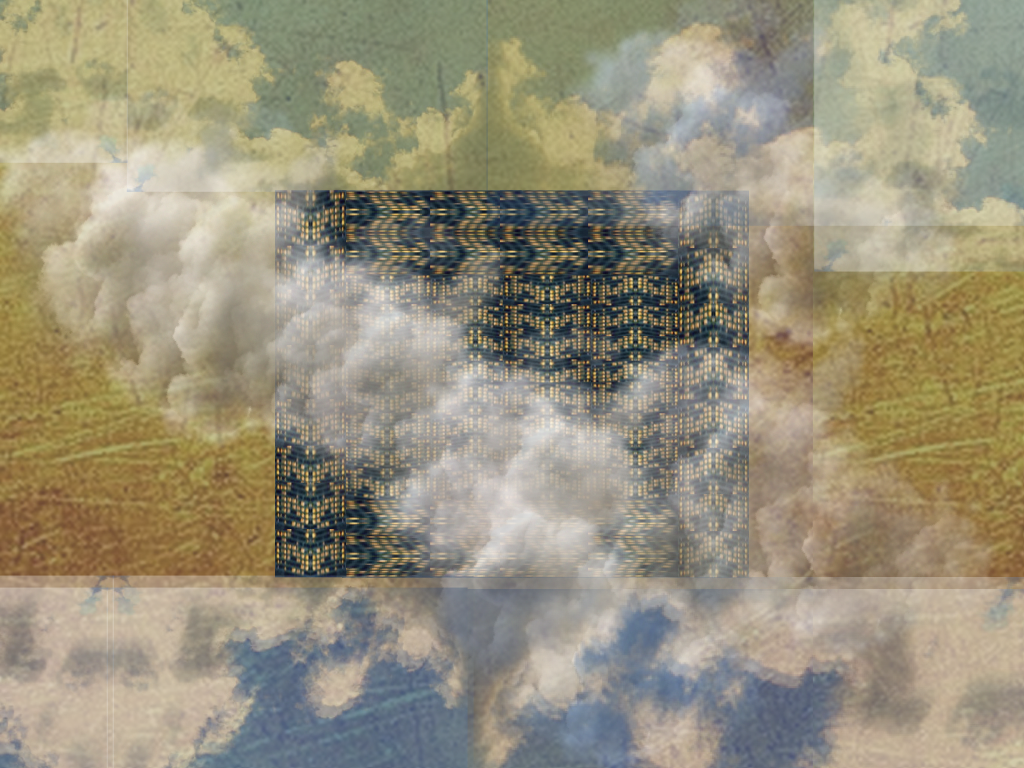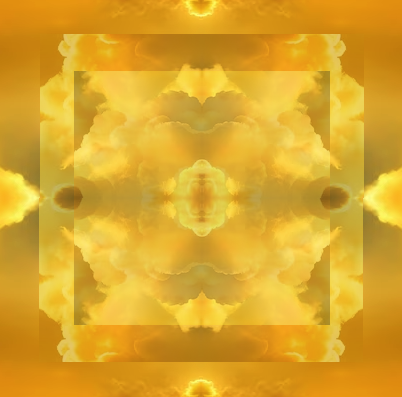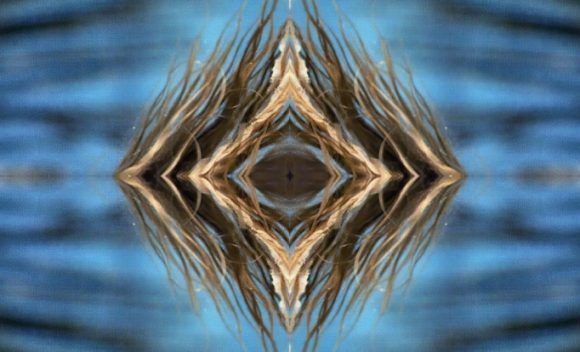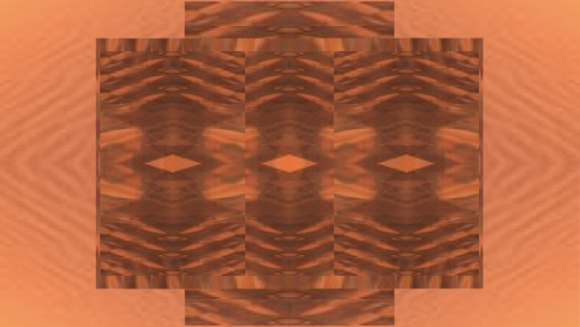This post has a more personal character than most of the others. I hope it will clarify how I approach Jung’s work on synchronicities, which is at the center of this blog: my strategy in reading and interpreting it, as well as my attitude towards it, an attitude that is deeply admiring, but critical at the same time (as is probably evident from my postings already).

1. I admire, to begin with, Jung’s openness and the breadth and depth of his intellectual background; and even more than that, also the empathy and human dedication that made him engage with the phenomena we now call, thanks to his coining of the term, synchronicities. Reading Jung has always been enriching for me, and there is no question that he was never in for simple answers: engaging with his writings is thought-provoking throughout, and with an astonishing regularity I find myself correcting opinions I had previously formed, finding them simplistic and one-dimensional.
I have come to view much of his writing critically, on the other hand, too. I am a philosopher by training, and one of the first things I do when I encounter an argument is to check whether it is sound: are the premises actually true? is the reasoning valid? is the line of thought clear and free from distracting or obscuring sidelines? is there bias for beloved own views or rhetoric trickery where there should only be impartial and truthful investigation? In Jung’s texts (especially his later, more speculative works, of course), I have encountered many lines of argument that fall short of these criteria of good, convincing argument. There are a lot of mistakes, vague associations, doubtful sequiturs, rhetoric and distraction. And those must be addressed.
Needless to say, this does in no way diminish his achievement, nor does it invalidate the earlier respects of admiration. But it would not be right to leave mistakes and weaknesses uncorrected because of that. In a way, that would be a disservice to Jung’s own project. It would certainly not lead us (today) forward as well. Pioneering work throughout history has been riddled with errors — that is part of the game. It is not our job to trick ourselves into seeing our pioneers as perfect; it is our job to continue their work, and that includes correcting those mistakes.
2. How, then, does one approach such a correction? I owe the strategy that I have adopted to a book that was, incidentally, published very shortly after Jung’s life time. Its author, the philosopher Peter F. Strawson, describes the situation thus:
I have written for those students of [Kant’s] Critique who, like myself, have read and re-read the work with a commingled sense of great insights and great mystification. […] I have tried to show how certain great parts of the [system of thought of the Critique] can be held apart from each other, while showing also how, within the system itself, they are conceived of as related; I have tried to give decisive reasons for rejecting some parts altogether; and I have tried to indicate […] how the arguments and conclusions of other parts might be so modified or reconstructed as to be made more acceptable.
Replace the name of Kant with that of Jung, and the title of the Critique of Pure Reason with that of the synchronicities essay, and this expresses my position precisely. Of course it is no accident that I entitled the post that outlines an analogous approach to Jung’s work on synchronicities with “Two faces” (that is Strawson’s title for his first chapter).
The important takeaway from a Strawson-style approach is that sometimes a groundbreaking work can in parts be misguided, even though its author may have regarded those misguided parts as indispensable. In the case of Jung’s work on synchronicities, the misguided parts are what I have called the ‘revolutionary’ story: the idea that the foundations of natural science must be extended to include a vaguely defined ‘principle of synchronicity’. If the proposal of an ‘a-causal connecting principle’ were the only thing we could find inside the synchronicities essay, if it really were mostly a programmatic paper in the foundations of the sciences, we should point out the logical flaws and false premises of that proposal and leave it at that — for there would be nothing really to gain from it today (as I firmly believe).
But if, instead, we were able to drop these notions (the misguided parts: the ‘revolutionary story’ and the ‘a-causal principle’) and focus on the actual phenomenon, we might make some progress yet. Jung’s essay would still be the starting point — after all, it was the original locus where the phenomenon was initially named and described.
It would even, I submit, be a little more than that. For without the misguided parts, we would be free to connect the phenomenon with some of the clearer, less speculative ideas of Jung’s work (such as the collective unconscious, the numinosity of the archetypes with its effect on the perception of ‘meaning’, the break-down of consciousness and the break-in of unconscious drives, etc.), which are also more specifically psychological. He develops these ideas elsewhere, whereas in the synchronicities essay they are merely alluded to (mostly pushed away in favor of the misguided notions). We might take up those leads, and systematize and develop their connections with the synchronicities phenomenon.
3. In part, that task is critical in style, even destructive. We need to separate the misguided ‘revolutionary’ notions from the scattered ‘explorative’ remarks; when we examine the former critically, we will find false premises, logical mistakes, rhetoric, and irrelevancies. Once we cleared all this away, we will end up (or so I expect) with a loose collection of episodes in which the phenomenon occurs, and some pointers to Jungian notions (such as, as I mentioned, the archetypes of the collective unconscious).
At this point, we will have various methodological options. One — which I personally do not favor — would be to remove all Jungian terminology from the descriptions of the episodes, and investigate the phenomenon from a theory-neutral vantage point, perhaps using more empirical methods and concepts, as they are employed nowadays. (Research on selective perception and various cognitive biases comes to mind.) Another one would be to refine the Jungian instrumentarium, i.e. investigate the phenomenon with the methodological assumption that Jungian psychology has a certain fit or affinity for the phenomenon. If this turns out to be correct (which of course it might not), that might be a shortcut to a viable explanation of the phenomenon. Obviously, that latter option also has the danger to slide back into the misguided notions. (That danger notwithstanding, personally I gravitate towards the latter option — as is perhaps evident from my approach to the topic in this blog.)
4. Apart from these two, what other alternatives would there be?
I have not looked too deeply (yet) into the state of discussion today, but it seems to me that broadly two types of attitude prevail. (None of them follows the critical-reconstructive path I described above).
The first is one of uncritical adoption of what Jung says, sometimes with a slide back into obscurity and confusion. So, for example, I almost invariably hear, when synchronicities are mentioned in conversations, blogs, or podcasts with Jungian backgrounds, an immediate insistence on statements such as “For some things, there simply are no causal (or logical) explanations.” For some writers and speakers, it seems more important to emphasize that “causality is simply insufficient” (for whatever purpose) than to get clearer about the particular episodes of synchronicities that gave rise to the discussion — or to get clearer of what they mean by causality, anyway (which is frequently undefined in Jungian discussions). The defensive tone suggests that they may — perhaps unconsciously — not be comfortable with an attitude of merely retelling, revenently, what Jung said, and not critically engage with it. Or perhaps not. Either way, it is unlikely that progress will be made along those lines.
Often enough, synchronicities are also immediately connected (with no discernable reason at all) to astrology, ‘mental powers’ of psychokinesis, clairvoyance, mindreading, and the like. This reflects an ambiguous tendency of Jung’s himself, of course, who on the one hand insisted that there can be no ‘magical’ causal powers in the psyche which might move physical objects, but on the other hand left no opportunity unused to somehow bring astrology into the discussion nonetheless, or insisted on his perceived scientific validity of the Rhine experiments (ESP and psychokinesis). Jung rationalized this by claiming all this to belong a ‘wider notion’ of synchronicity, which he however defined in a circular manner. That was already unconvincing, but many of his followers do not even make that effort; rather, they simply assume a connection, and then indulge in all kinds of eclectic and vaguely occult fantasies. I do not find myself much in sympathy or agreement with that strand of Jungianism.
The second kind of attitude is more strictly scientific (and has better quality control), but attaches itself to the most abstract and speculative notions of Jung’s essay, and typically those of the ‘revolutionary’ story at that. Thus for example, his notion of a psychoid basis for both psyche and physis has been interpreted along the lines of a Spinozan ‘dual aspect monism’ and connected to various ideas in the interpretation of quantum mechanics (most frequently perhaps with David Bohm’s notions of implicate and explicate orders). These approaches are interesting in their own right, and most of them avoid the various pitfalls which Jung’s own argument falls for: they have well-defined and non-naive notions of causality, and they have absorbed the insights of the history and philosophy of science in the second half of the 20th century (most notably Kuhn’s understanding of the role of anomaly and revolution in the development of science, the insights by Duhem/Quine and followers on the interdependency of fact and theory, the latter’s notions of ontological relativity and empirical underdetermination, Davidsonian views on the identifiability of causally related events with actions and whatever else features intentionality…). But even for all that, they remain in such abstract spheres that the only way to discuss them is philosophically (i.e. we can critically examine their concepts and arguments). It is very hard to bring them back to the level of the phenomenon.
Thus, none of the prevailing tendencies today seem to me as promising as the Strawsonian strategy I have outlined above. Personally, I will certainly follow it for a while to see where it leads.



